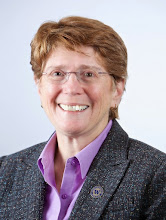Two law professors survey the field of forensic sciences -- from matching shoeprints to DNA analysis -- and how they are treated by courts. They offer cautions, particularly about the forensic "sciences" that don't use basic science (e.g., shoeprint matching and even fingerprint analysis). Jane Campbell Moriarty & Michael J. Saks, Forensic Science: Grand Goals, Tragic Flaws, and Judicial Gatekeeping, Judges J., Fall 2005, at 16. Here's the abstract:
First, this article exhaustively but briefly reviews the variety of forensic sciences and the bases (sometimes little more than assumptions) on which they rest - drawing a major distinction between those that assert the ability to individualize crime scene evidence to its one and only source (and which, ironically, do so without applying any basic science) and those which do not assert individualization (and which generally are applications of basic sciences).
Second, the article discusses the problem recognized by the Supreme Court of analytical gaps between available data and the opinions of some experts, and the widespread manifestation of such gaps in the identification/individualization subfields of forensic science.
Third, the article assumes that most judges most of the time will admit most such evidence regardless of the commands of the Daubert trilogy and the rules of evidence, and offers practical suggestions about what judges might do to improve their management of such testimony and to protect factfinders from the most misleading claims and unsupportable opinions, while still admitting the testimony into evidence.

No comments:
Post a Comment